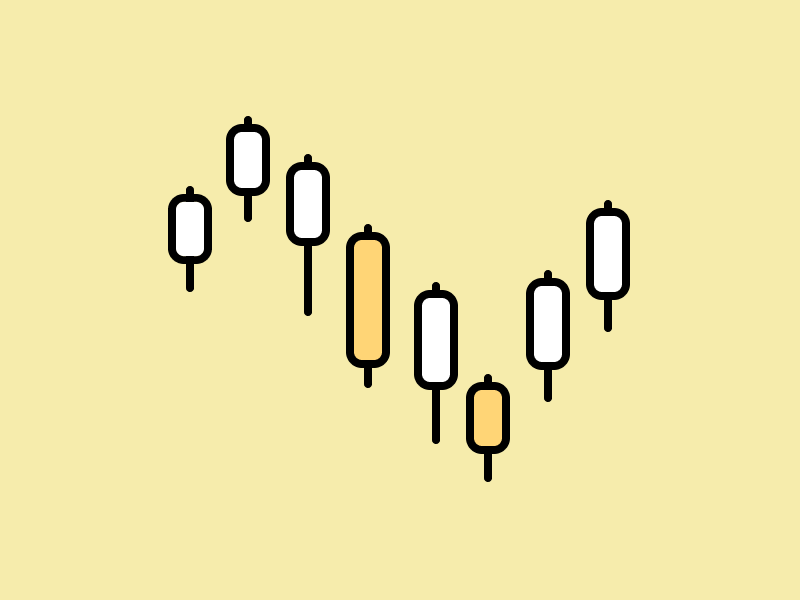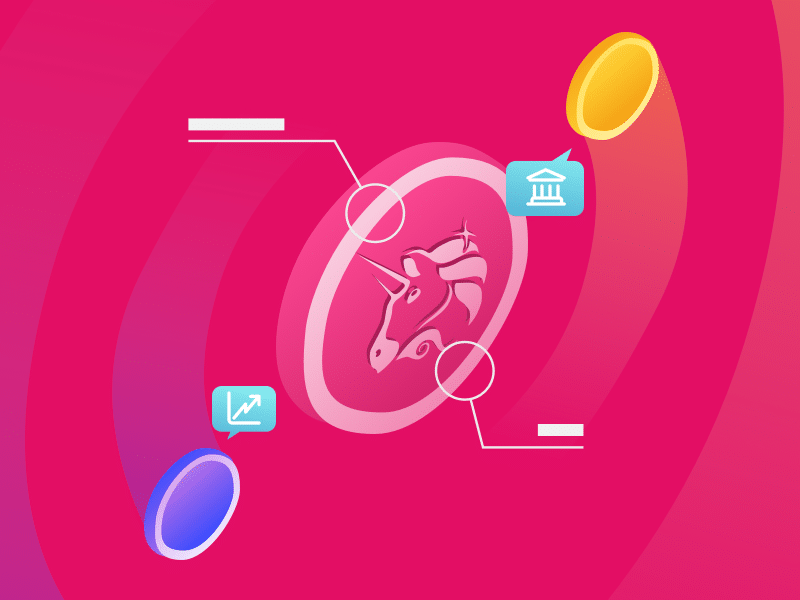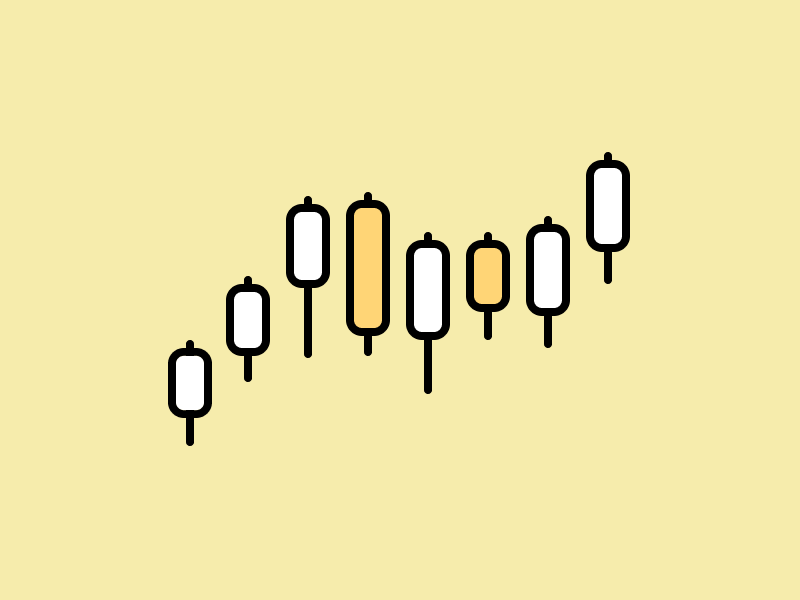Bitcoin Lightning Network Development and Adoption
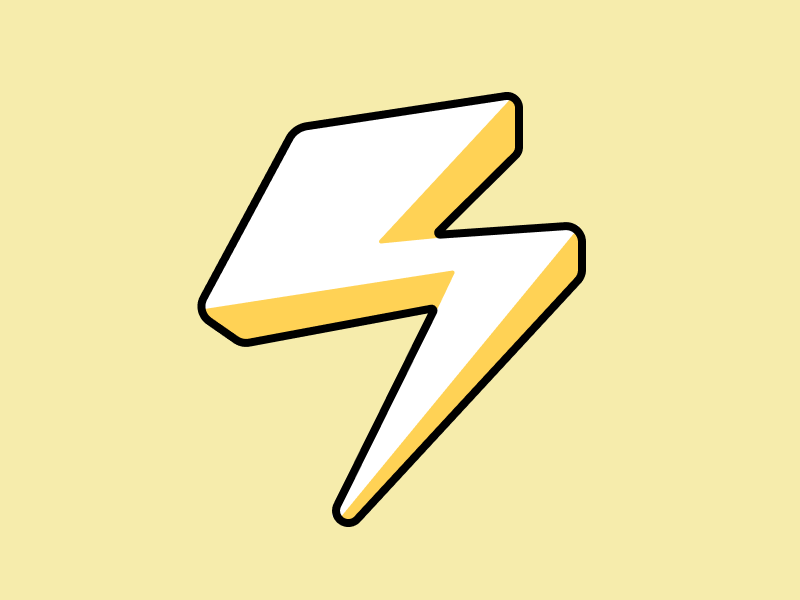
With the adoption and the increasing number of Bitcoin transactions, a new technology is needed to speed up the Bitcoin transaction process. One solution is the Bitcoin Lightning Network (LN), a payment protocol that is useful for making Bitcoin transactions faster and more efficient.
Since it was launched in 2017, the adoption of Lightning Network has accelerated. As of June last year, the Lightning Network’s capacity was around 2,000 BTC. As of July 2022, the Lightning Network’s capacity is already above 4,000 BTC. This indicates that Bitcoins valued at about 120 million US dollars are available for peer-to-peer transactions using the Lightning Network.
However, the Lightning Network is now used for more than just sending Bitcoins; it is also utilized to build different apps for the Bitcoin network. How has it developed thus far? We will discuss it further in this article.
Article Summary
- ️ ⚡ Lightning Network Bitcoin is a second layer payment protocol that operates on top of the blockchain Bitcoin network, which makes Bitcoin transactions faster and more efficient.
- 🏃♂️ The main Bitcoin blockchain is only able to handle about 7 transactions per second, while the Lightning Network is capable of handling 1,000,000 gbmfchv u47t[yr tssjtransactions per second.
- 💡 In addition to payments, the Lightning Network can also be programmed for various things, including for financial products, gaming, point of sale needs, micro tipping and other experimental applications.
Lightning Network Apps Development
The Lightning Network was first deployed in 2017 and aims to increase Bitcoin’s scalability. The main Blockchain Bitcoin is only capable of handling about 7 transactions per second, while the Lightning Network is capable of handling 1,000,000 transactions per second.
The capacity of public channels on the Lightning Network currently exceeds 4,000 BTC. This means there are over 4,000 BTC ready to be transacted peer-to-peer with the Lightning Network.
Although the use of the Lightning Network is already very rapid, however, when compared to other payment networks such as Visa, there is still much to be achieved. By 2021, Visa will handle more than $1 trillion in payment volumes and nearly $20 billion in transactions per month. While the Lightning Network handles a payment volume of US$20 million through February 2022.
Lightning Network Apps Development
The Lightning Network was first deployed in 2017 and aims to increase Bitcoin’s scalability. The main Blockchain Bitcoin is only capable of handling about 7 transactions per second, while the Lightning Network is capable of handling 1,000,000 transactions per second.
The capacity of public channels on the Lightning Network currently exceeds 4,000 BTC. This means there are over 4,000 BTC ready to be transacted peer-to-peer with the Lightning Network.
Although the use of the Lightning Network is already very rapid, however, when compared to other payment networks such as Visa, there is still much to be achieved. By 2021, Visa will handle more than $1 trillion in payment volumes and nearly $20 billion in transactions per month. While the Lightning Network handles a payment volume of US$20 million through February 2022.
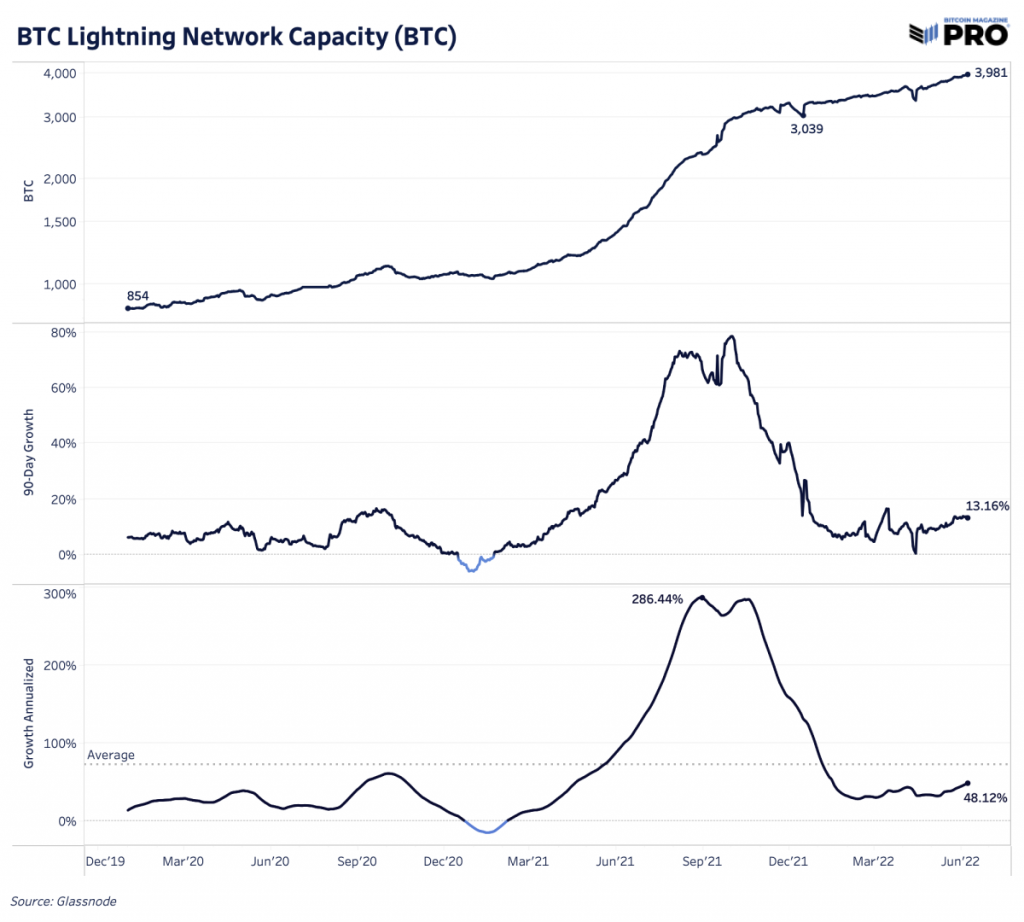
The growth of the Lighting Network mostly occurred at a time when the cost of bitcoin on-chain was very high, the Lightning Network was used to save costs. With the current state of transaction fees on the bitcoin network, the settlement speed on Lightning is much faster. This speed is what makes developers currently develop Lightning Network Apps or what is known as LApps.
Lightning Network Apps Development
Lightning Network allows users to open multiple two-way channels at any time. The Lightning Network is also programmable so that a single node can be hosted as a payment channel to create various types of services. This allows a wide variety of applications to be built on top of the Lightning Network.
LApps are applications built on top of the Lightning Network, they are inherently structured for microtransactions. Microtransactions drastically lower the barriers to adoption. With LApps, more and more people can use Bitcoin easily and quickly. Currently, the development of LApps is still very early, but the potential for developing LApps is very promising.
We can see the various LApps that have been formed in the diagram below:
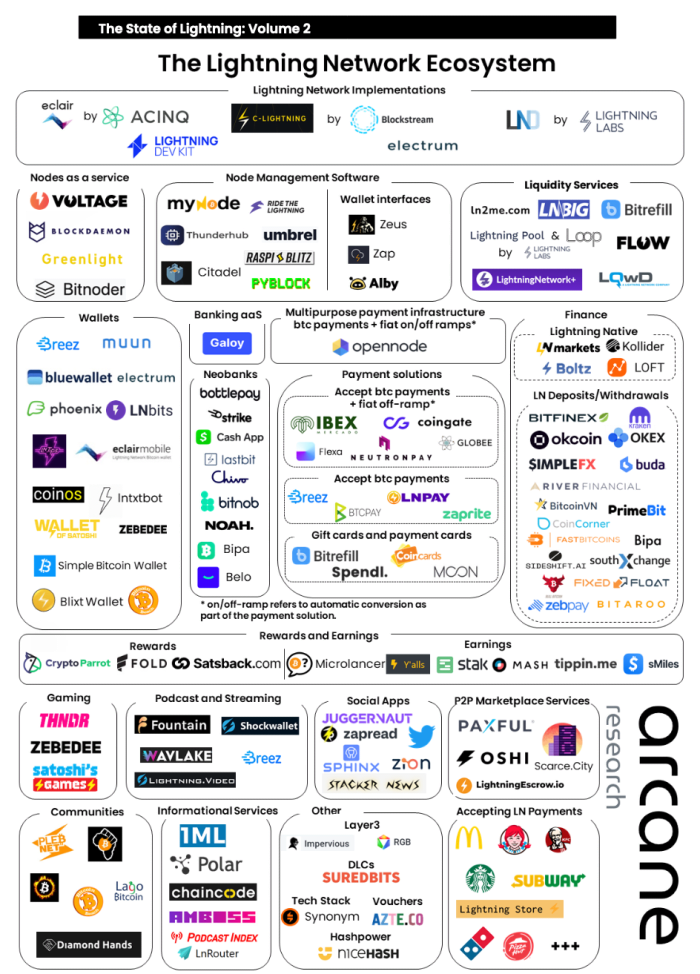
Financial Products
One of the Financial products that is being developed within the Lightning Network is LNmarket. LNmarket allows users to trade crypto derivatives in real time. Currently if a user wants to trade derivatives they have to go through a crypto exchange and traders are required to deposit and have an account funded with Bitcoin as collateral: this is called margin.
Traders run the risk of their assets being held by third parties. If traders want to keep their assets then they should send their assets into their personal wallets when they are not trading. Instead send back if they want to trade. This process is slow and costly.
LNmarket is trying to eliminate third parties and use Lightning Network as a settlement layer in real time, bitcoin transfers are also done at the same time in one click.
Gaming
Play-to-earn is a fun way to collect crypto, usually, games use cryptocurrency as the in-game mode of payment. Some of these games even create their own tokens, while others also focus on selling and collecting non-fungible tokens (NFT). But more and more games are built with Lightning Network integration allowing gamers to receive BTC as game rewards.
Examples include ZEEBEDE or THNDR Games allowing players to play and collect satoshi, or the smallest unit of Bitcoin, from which this prize can be withdrawn directly via a Lightning wallet.
Point of Sale
With lighting, traders can now easily use LApps. Previously merchants used to use e-commerce platforms or web applications but most of these platforms had high fees. With LApps, merchants can easily install point-of-sale applications without having to use a bank account. Merchants can accept payments from anywhere using Bitcoin. An example of an application for Point of Sale is VoltPay
Content Creator
If we imagine a world where social media is decentralized, content will no longer be hosted by big companies like Twitter, Facebook, Spotify, and Youtube. Instead, we will look at independent individuals and hosting providers delivering and creating content that is cryptographically signed by the individual creator. This raises the question of how these aggregators or creators are incentivized to host content. Lightning Network is the solution.
Currently, a new payment model is emerging, namely Value-to-value. This is like a busker payment model, if you like the songs sung by buskers then you can make payments but this is done using the Lightning Network. One that is being developed includes the Fountain application for podcasting and also Stacker News. Where listeners or subscribers can give sats in exchange for the like button.
MicroTipping
On September 23, 2021, Twitter launched the Tipping feature using the Lightning Network. Anyone can send BTC to any Twitter user they like. Twitter provides nominal suggestions from $1 to $20.
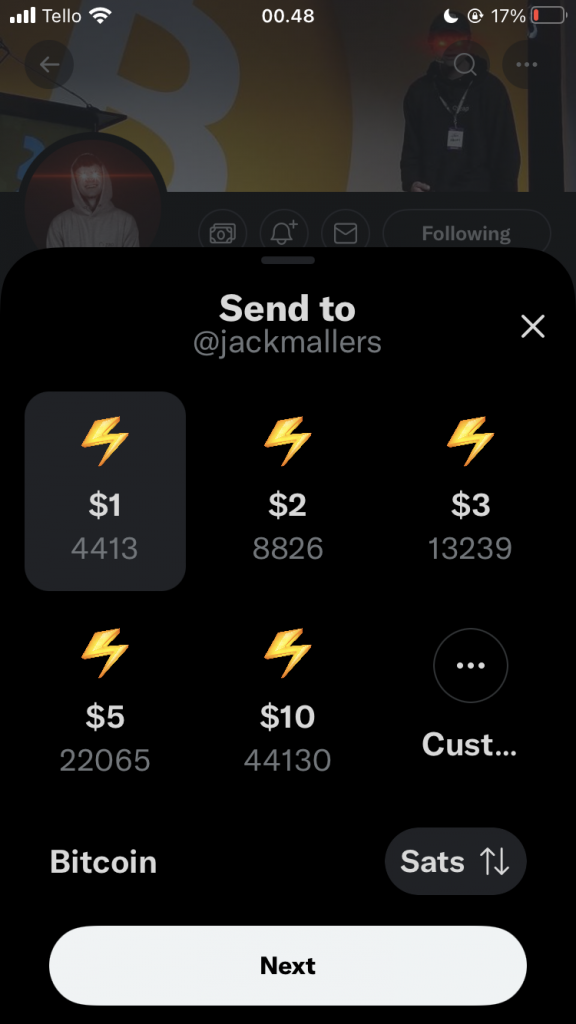
Conclusion
LApps is currently at an experimental level where many applications use lightning network payments for various activities and ideas because lightning payments can be used quickly, cheaply and reliably.
For developers, using the Lightning Network provides many benefits, including:
Share
